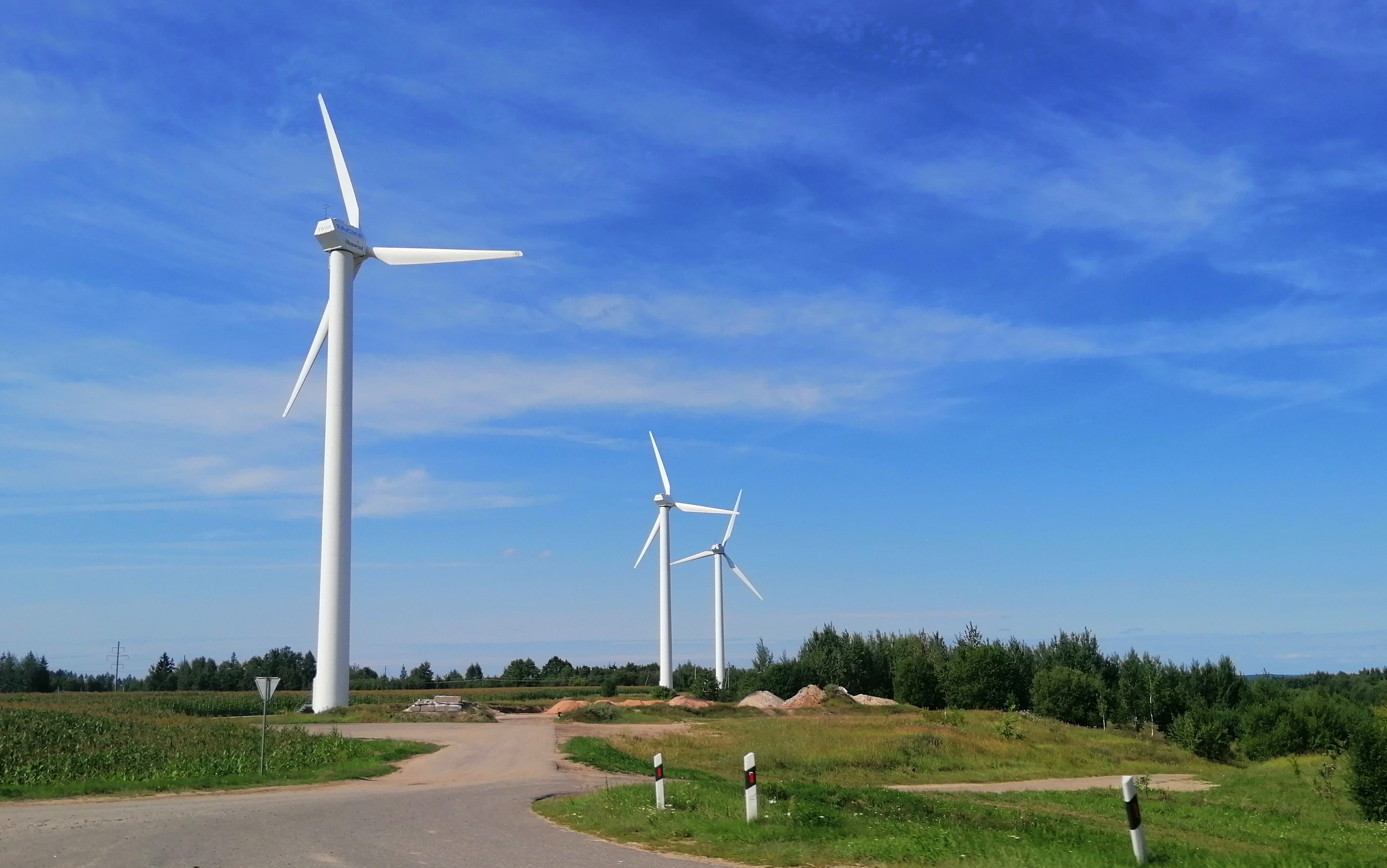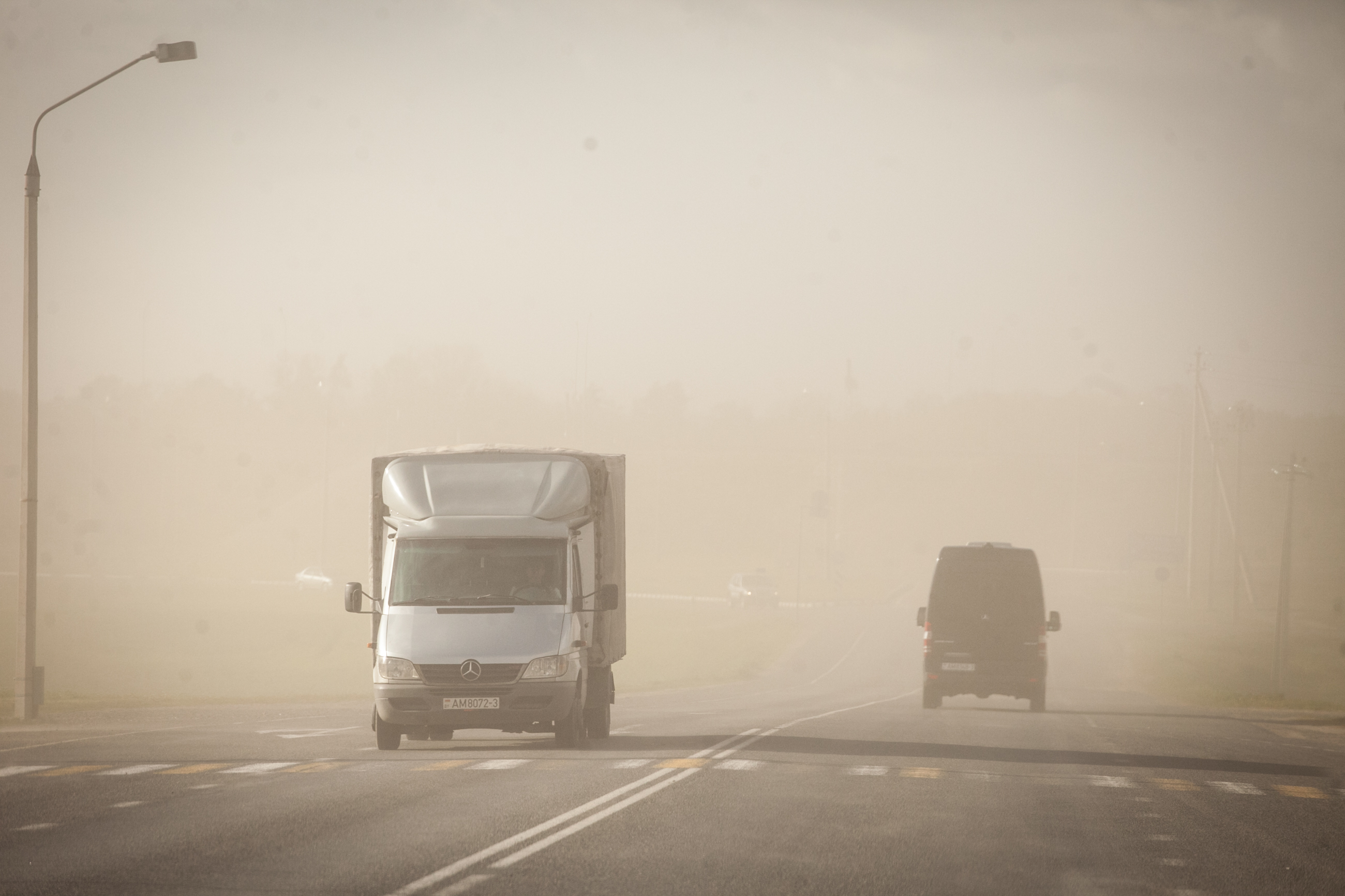Representatives of authorities, public organizations, businesses, and educational institutions of the Vitebsk region considered a set of economically feasible measures to adapt to climate change at the regional level.
Belarus' Regions Pay More Attention to Carbon Trade
October 31, 2023

Climate change mitigation requires measures to reduce greenhouse gas emissions across all sectors of the economy. It is important that these measures are implemented both regionally and nationally, as well as the provision of opportunities for economic development in terms of entering new markets, developing green and low-carbon technologies.
At the end of September, a meeting of the Public Coordination Environmental Council (PCEC) under the Vitebsk Regional Committee for Natural Resources and Environmental Protection was held in Vitebsk with the support of the United Nations Development Programme (UNDP).
The representatives of local authorities, public organizations, businesses and educational institutions discussed a set of measures for adaptation to climate change, which is already taking place in the Vitebsk region.
Over the past five years, the reduction of Co2 emissions in the Vitebsk region amounted to 21 thousand tons per year. This was facilitated by optimization of technological processes and modernization at 181 production facilities in 123 organizations of the region.

A visit of the meeting participants to the Vitebsk hydroelectric power plant.
The participants paid special attention to the issue of trading in carbon units that can be obtained from reducing greenhouse gas emissions.
Carbon markets are trading systems for selling and buying carbon credits. Companies and individuals can use carbon markets to offset their greenhouse gas emissions by purchasing carbon credits from businesses that reduce greenhouse gas emissions. One carbon credit is equal to one ton of carbon dioxide or an equivalent amount of another greenhouse gas reduced, sequestered, or avoided. Carbon trading is essential for achieving Nationally Determined Contributions (NDCs) to reduce CO2 emissions and implementing the Paris Climate Agreement, which allows for such market mechanisms. This is largely responsible for the growing global interest in the potential of carbon markets. 83% of the countries that have made pledges under the NDCs declare their intention to use the mechanisms of international carbon markets to reduce CO2 emissions.
Among the specific solutions to effectively organize “carbon trading”, including at the regional level, the following were highlighted/mentioned:
- Development of a national regulatory framework
- Introduction of an inventory system for emission reduction
- Specialists training
The meeting was held with the support of the “Capacity Building for Greenhouse Gas Emissions Trading and Strengthening the System of Monitoring, Reporting, Verification of Greenhouse Gas Emissions in the Republic of Belarus" implemented by UNDP in partnership with the Ministry of Natural Resources and Environmental Protection of the Republic of Belarus with financial support from the Global Environment Facility (GEF).

Sandstorm is a rare natural phenomenon for Belarus, caused by climate change.
Scientists note that since 1976 the growth of the average annual air temperature in Belarus has amounted to 0.6 degrees every 10 years. Almost every year the country is hit by heat waves, which can last for 5-10 days on average. The amount of liquid precipitation (rainfall) and its intensity in winter and spring seasons increases. The boundaries of agroclimatic regions have changed: the northern one has split into two, and a new warmer one has appeared in the south, which continues to increase. Climate changes has also caused the appearance of new species in Belarus, such as mantis and jackal.

 Locations
Locations



